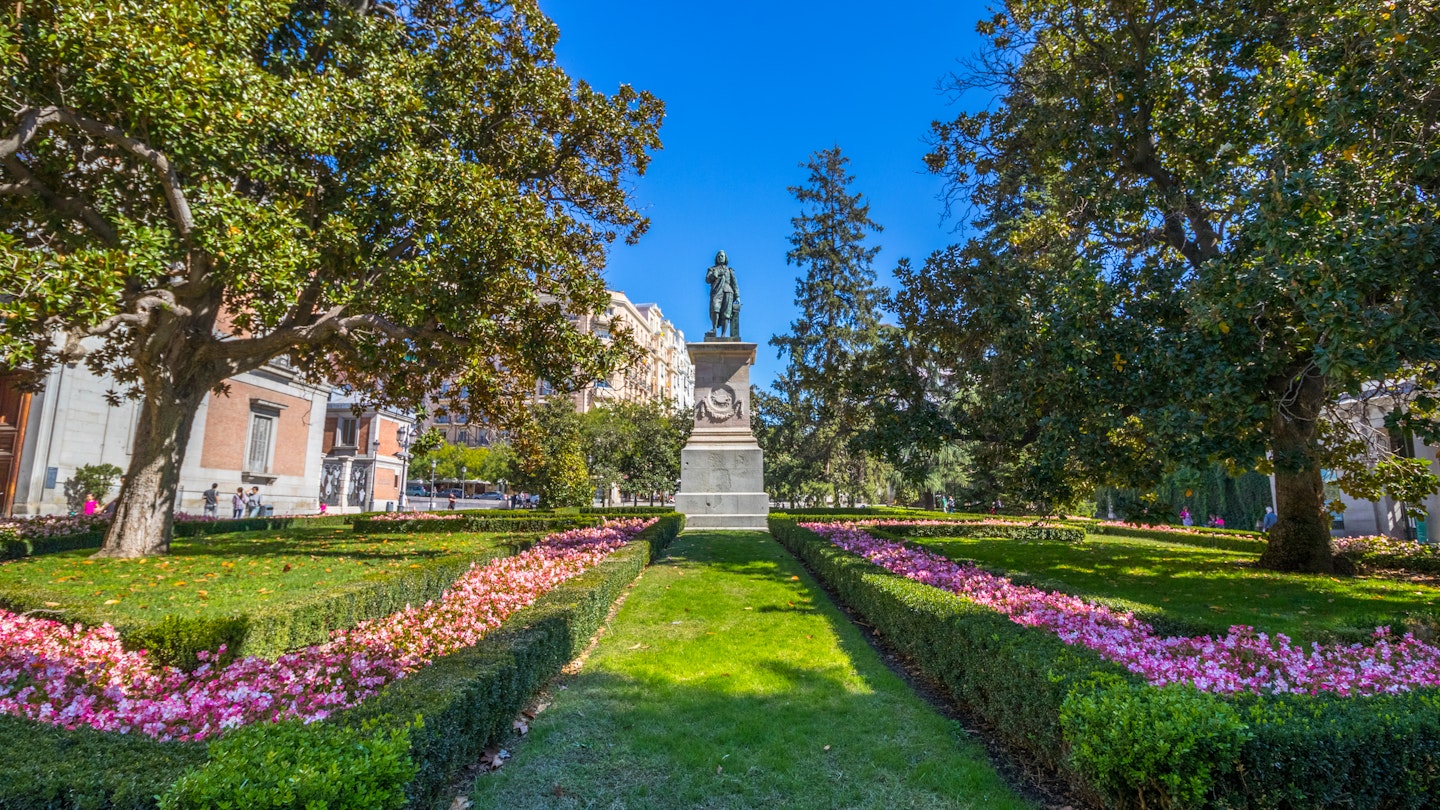A newly-released list of the world’s greenest cities aims to provide direction for cities in best practices for urban design in a post-COVID-19 world.
Resonance Consultancy has used its ‘Best Cities’ methodology to find out which cities are leading the way towards a greener future, based on criteria that seem particularly relevant to the meaning of density and the future of urban planning in the context of the coronavirus and government-mandated social distancing. These are its top ten cities.
1. Vienna
Vienna is recognized as one of the world’s greenest large cities. It boasts innovative mobility solutions and expansive public parks, setting a European benchmark for public transit. Nearly half of its residents utilize an annual transit pass, showcasing a strong commitment to eco-friendly transportation.

2. Munich
Munich stands out with its walkability and excellent public transit system. Investments in mobility infrastructure, such as the U-Bahn rapid transit system, are likely to reduce car ownership. As a result, residents enjoy exceptionally clean air in this bustling urban space.

3. Berlin
Berlin is characterized by its extensive open spaces and city parks, making it a paradise for walkers. The residents are particularly conscious of their environmental footprint, utilizing relatively low water per capita and favoring public transportation over driving.

4. Madrid
Madrid offers numerous green spaces integrated within its urban landscape, making it extremely friendly for pedestrians. Significant recent investments have enhanced safety and accessibility on central boulevards like Gran Vía, promoting leisurely strolls.

5. São Paulo
São Paulo is not only one of the largest cities but also a global leader in renewable energy usage, driven by its vibrant multicultural communities. The presence of green areas like Ibirapuera Park complements its bustling cultural scene, highlighted by a striking living roof.

6. Manchester
Manchester is distinguished by its flat geography and compact layout, offering a vibrant streetscape mixing history and modernity. The city has embraced public transport, facilitating access to weekly farmers’ markets that highlight its commitment to local food security.

7. Lisbon
Lisbon provides a rich, tactile experience worth exploring at leisure. Its vibrant parks are complemented by numerous farmers’ markets and a strong focus on ambitious recycling and composting initiatives, reinforcing the community’s commitment to sustainability.

8. Singapore
Singapore prioritizes the creation of green spaces beyond mere aesthetics. By transforming extensive parklands into ‘therapeutic gardens,’ the city addresses the needs of its elderly population, demonstrating a thoughtful approach to urban development.

9. Amsterdam
Amsterdam is a city that truly thrives on exploration, best experienced on foot or by bike. Its extensive public transport system, including boat services, enhances the travel experience for both residents and visitors.

10. Washington, DC
Washington, DC, often underestimated as a green destination, features a remarkable array of public plazas and parks. The vibrant farmers’ markets and the large-scale development of the Wharf illustrate the city’s commitment to enhancing communal spaces.
To explore the full list of the world’s greenest cities, please see here.
Keep up to date with iBestTravel’s latest travel-related COVID-19 news here.




